2005 Mitsubishi Nessie Concept by ItalDesign
- Story Cars
.png/v1/fill/w_320,h_320/file.jpg)
- 23 hours ago
- 2 min read
The 2005 Mitsubishi Nessie was a bold and imaginative concept vehicle, conceived through the collaboration of Mitsubishi Motors, Italdesign Giugiaro, and The Linde Group. Unveiled at the Geneva Auto Show, the Nessie represented a fusion of Italian styling flair, Japanese engineering, and German hydrogen technology. Built on the rugged underpinnings of the Dakar-winning Mitsubishi Pajero, the concept combined the commanding stance of an SUV with the flowing aesthetics of a coupe and the utility of a pickup, encapsulating a new vision for crossover vehicles.
Its most distinctive feature was its avant-garde exterior styling, which departed dramatically from the boxy norms of traditional SUVs. Giugiaro’s design team sculpted the Nessie’s form into a two-and-a-half-volume silhouette, with influences from coupe and truck body styles. The vehicle’s large circular wheel arches encased massive 22-inch front and 23-inch rear wheels, anchoring its wide stance. A bold front grille, reminiscent of the Lancer Evolution’s aggressive expression, reinforced its Mitsubishi identity. The arrow-shaped roof rack/roll bar, which extended from the C-pillars across the glass roof without touching it, added a dramatic visual accent and futuristic practicality.
In terms of detail, the Nessie concept celebrated both form and function. Transparent lower door panels improved visibility for urban and off-road maneuvering. A pronounced silver threshold, muscle car-inspired window lines, and a quirky window cutout at the base of the door added to the vehicle’s personality. The bionic and muscular body surfaces evoked the mythical Loch Ness Monster, after which the vehicle was named, suggesting a creature both powerful and elusive.
Mechanically, the Nessie was designed to showcase forward-thinking propulsion. It featured a hydrogen-powered V8 engine developed by The Linde Group, paired with an automatic transmission and Mitsubishi’s all-wheel-drive technology. While still a mock-up at the time of its unveiling, the concept hinted at Mitsubishi's long-term interest in clean, alternative fuel systems that could align SUV performance with environmental responsibility.
Although speculation arose that future Mitsubishi models, such as the second-generation Airtrek or Outlander, might draw from Nessie’s styling, the radical design ultimately proved too ambitious for mass production. Nonetheless, the Nessie concept was a significant statement vehicle. It combined Giugiaro’s legacy of innovative crossover designs with Mitsubishi’s off-road heritage and aspirations for a hydrogen-powered future. As a result, it stood out not only for its sculptural beauty but also for the underlying vision of a greener, more expressive SUV era.







































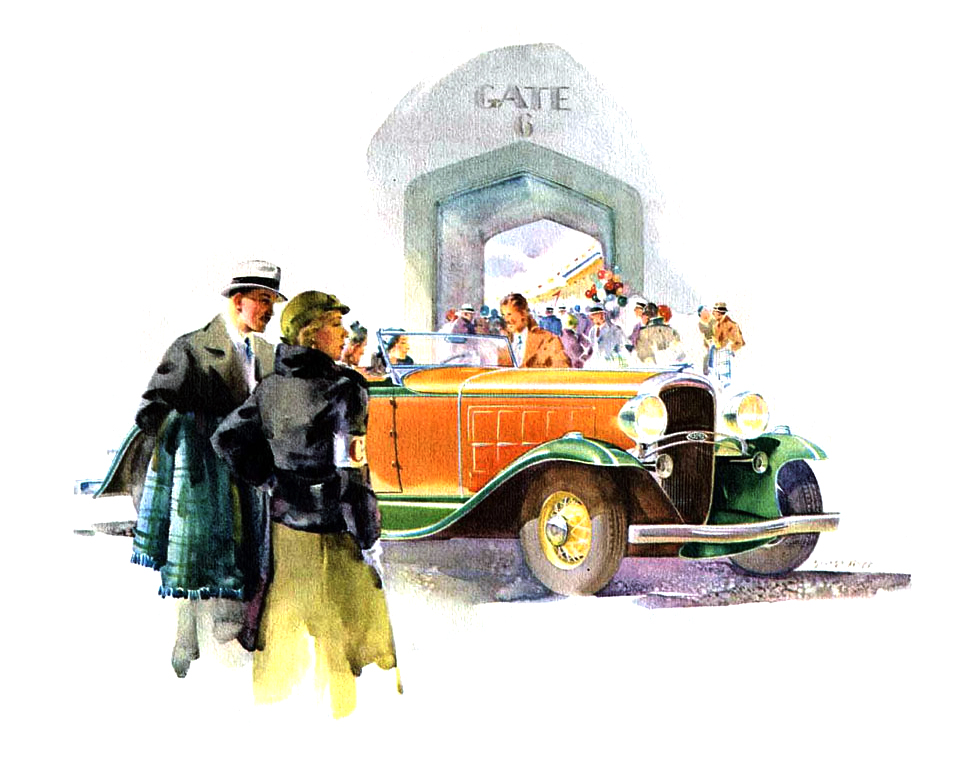
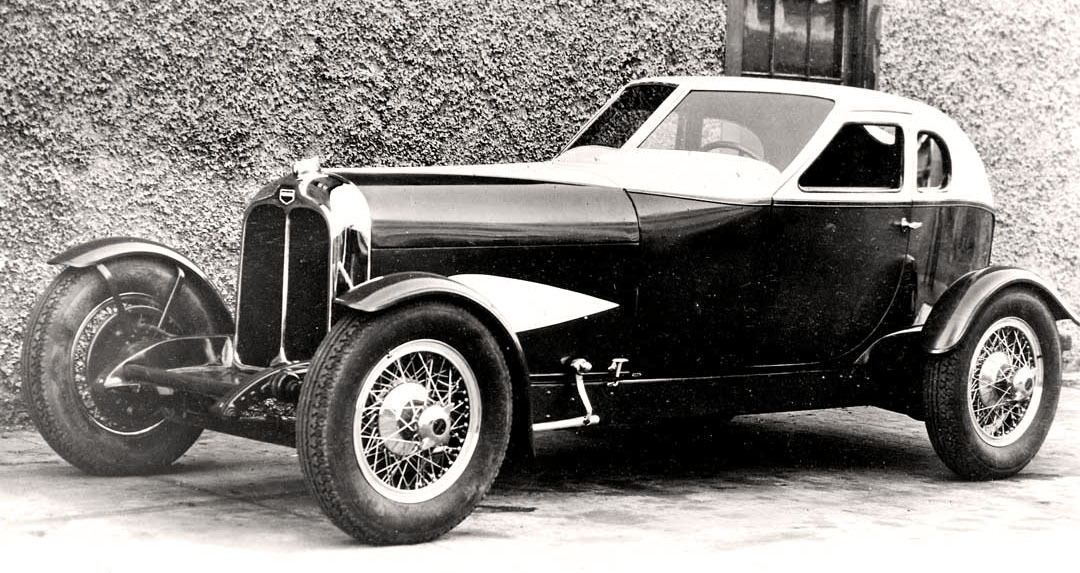
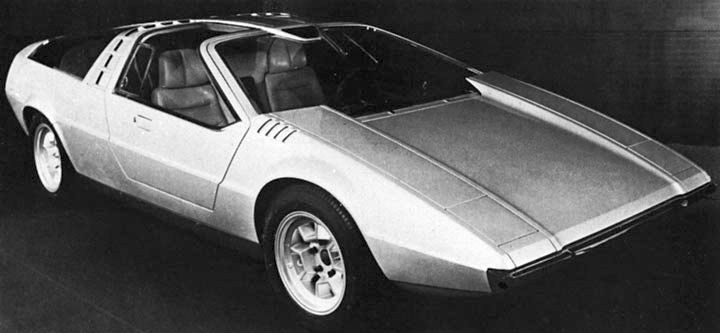






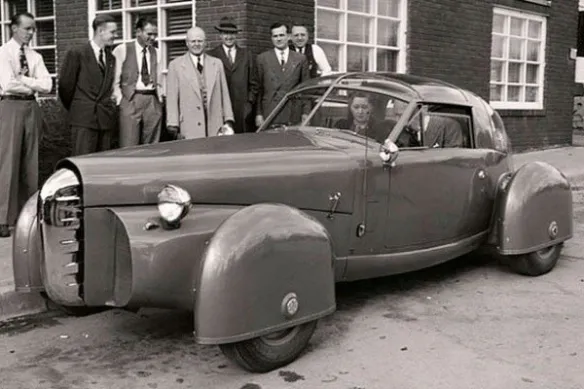



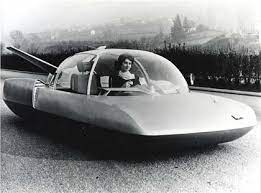

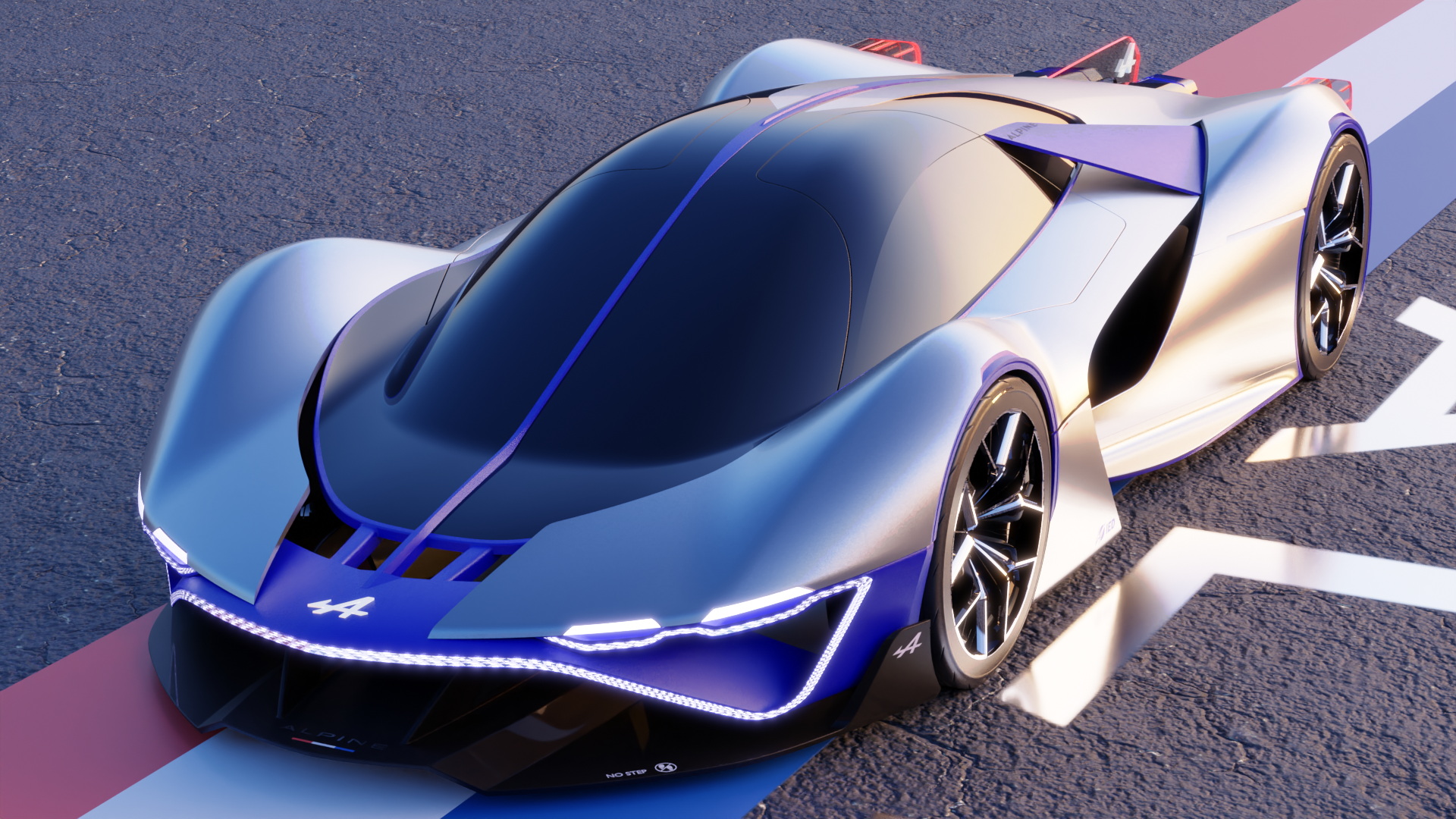


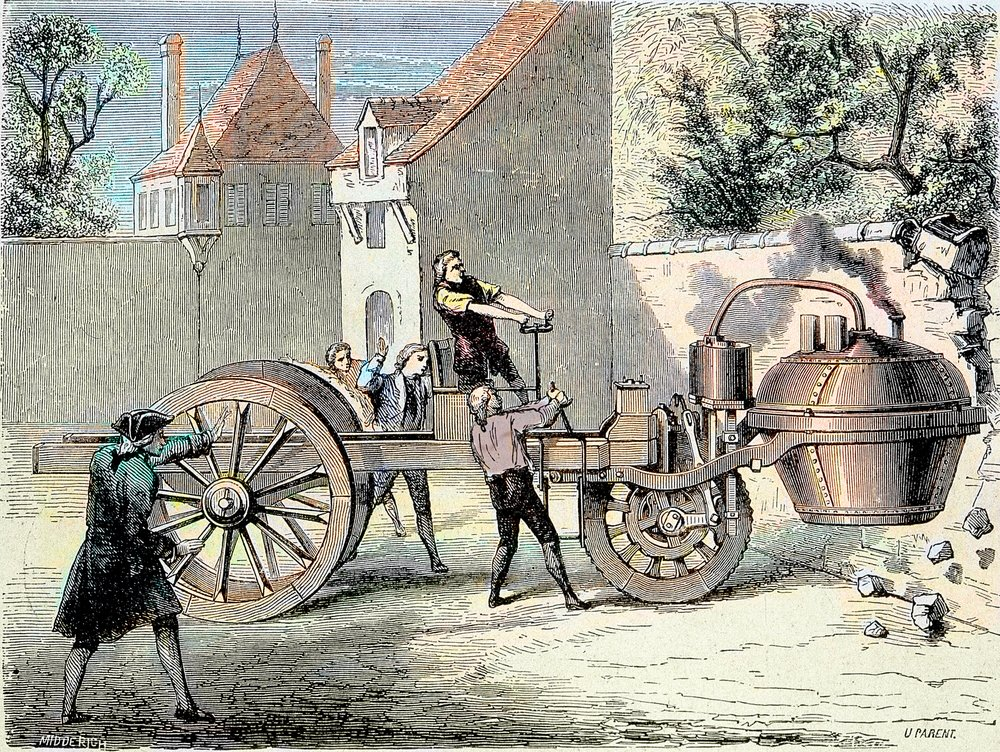
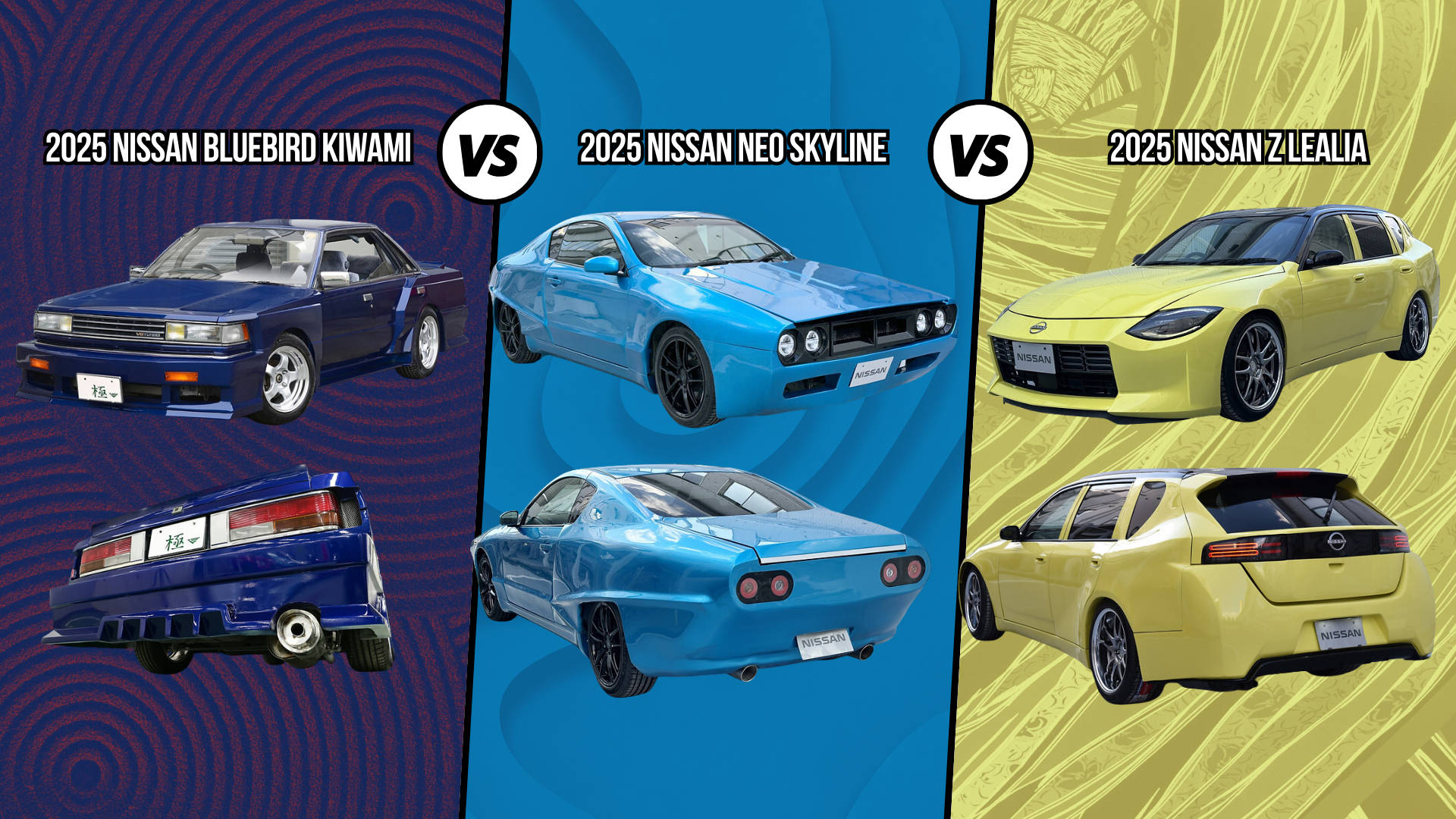

Kommentare